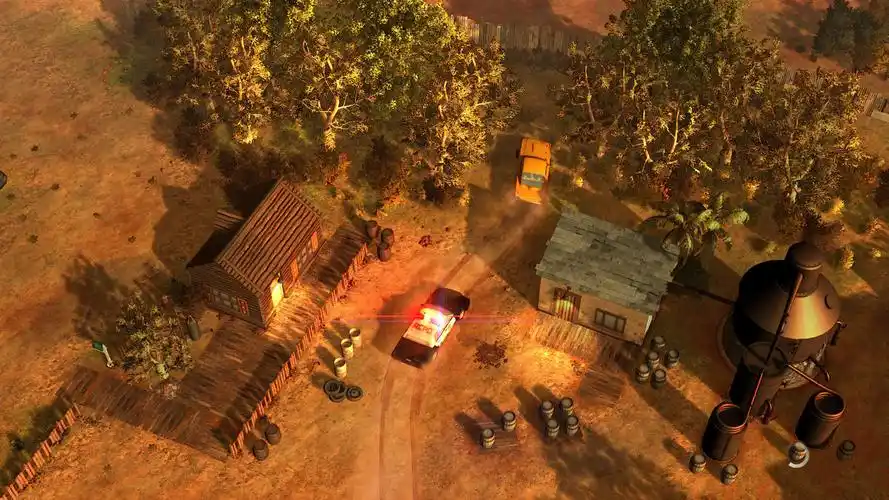Minecraft - Caves & Cliffs: Biome Diversity - A Review
Tags: #Minecraft #CavesAndCliffs #BiomeDiversity #GameReview #Mojang #OpenWorld
Introduction
Minecraft’s Caves & Cliffs update (officially split into Parts I and II) has been one of the most ambitious overhauls in the game’s history. While Part I introduced new mobs, items, and minor terrain changes, Part II completely transformed world generation, particularly in caves and mountain biomes. This review focuses on the biome diversity introduced in this update, analyzing how it enhances exploration, gameplay mechanics, and aesthetic appeal.
The Overhaul of Cave Biomes
1. Lush Caves
One of the most visually stunning additions is the Lush Cave, a vibrant underground biome filled with glow berries, spore blossoms, and azalea trees. The presence of dripleaves and moss blocks creates a unique ecosystem where players can farm glow berries for light sources or use moss for decorative builds.
Gameplay Impact:
- Provides renewable food (glow berries).
- Introduces axolotls, a passive mob that aids in underwater combat.
- Encourages exploration due to its rare spawn rate.
2. Dripstone Caves
In contrast to Lush Caves, Dripstone Caves offer a more hazardous environment. Stalactites and stalagmites can deal fall damage, while pointed dripstone can be farmed for infinite lava sources.
Gameplay Impact:
- Adds risk-reward mechanics (dangerous terrain vs. useful resources).
- Enhances survival challenges with environmental hazards.
3. Deep Dark (Upcoming in Future Updates)
Though not fully implemented in Caves & Cliffs Part II, the Deep Dark biome is set to introduce the terrifying Warden and Sculk blocks, promising a high-stakes exploration experience.
Mountain Biomes: A Vertical Revolution
1. Lofty Peaks and Snowy Slopes
The update introduced six new mountain sub-biomes, including:
- Jagged Peaks – Extreme heights with exposed stone.
- Frozen Peaks – Snow-covered summits.
- Meadows – Gentle slopes with flowers and bees.
Gameplay Impact:
- Encourages climbing and building at high altitudes.
- Introduces goats, which drop horns used for redstone contraptions.
2. Improved Terrain Generation
The new noise-based terrain generation creates more natural-looking mountains, with overhangs, cliffs, and varied elevation. This makes exploration more engaging, as no two mountains look the same.
Underground Lakes and Aquifers
Previously, underground water pools were small and predictable. Now, aquifers generate massive underground lakes, sometimes connecting to surface rivers.
Gameplay Impact:
- Adds realism to cave systems.
- Makes mining more dynamic (flooded caves require water-breathing potions).
New Blocks and Resources
The update introduced several key blocks that enhance biome diversity:
- Copper Ore – Oxidizes over time, adding aesthetic depth.
- Amethyst Geodes – Rare crystal formations with unique sound properties.
- Sculk Sensors (upcoming) – Wireless redstone triggers.
Conclusion: A New Era for Exploration
The Caves & Cliffs update has fundamentally changed Minecraft’s world generation, making exploration more rewarding and visually diverse. From the vibrant Lush Caves to the treacherous Dripstone Caves and the towering mountain biomes, every underground and surface biome now feels unique.
While some features (like the Deep Dark) are still pending, the update has already set a new standard for biome diversity in Minecraft. Players can now experience a world that feels more alive, dangerous, and beautiful than ever before.
Final Verdict: ★★★★★ (5/5) – A must-experience update for all Minecraft players.
Tags: #Minecraft #CavesAndCliffs #BiomeDiversity #GameReview #Mojang #OpenWorld

(Word Count: ~1000)
Would you like any modifications or additional details on specific biomes?


















